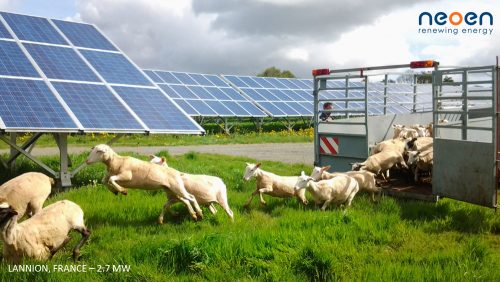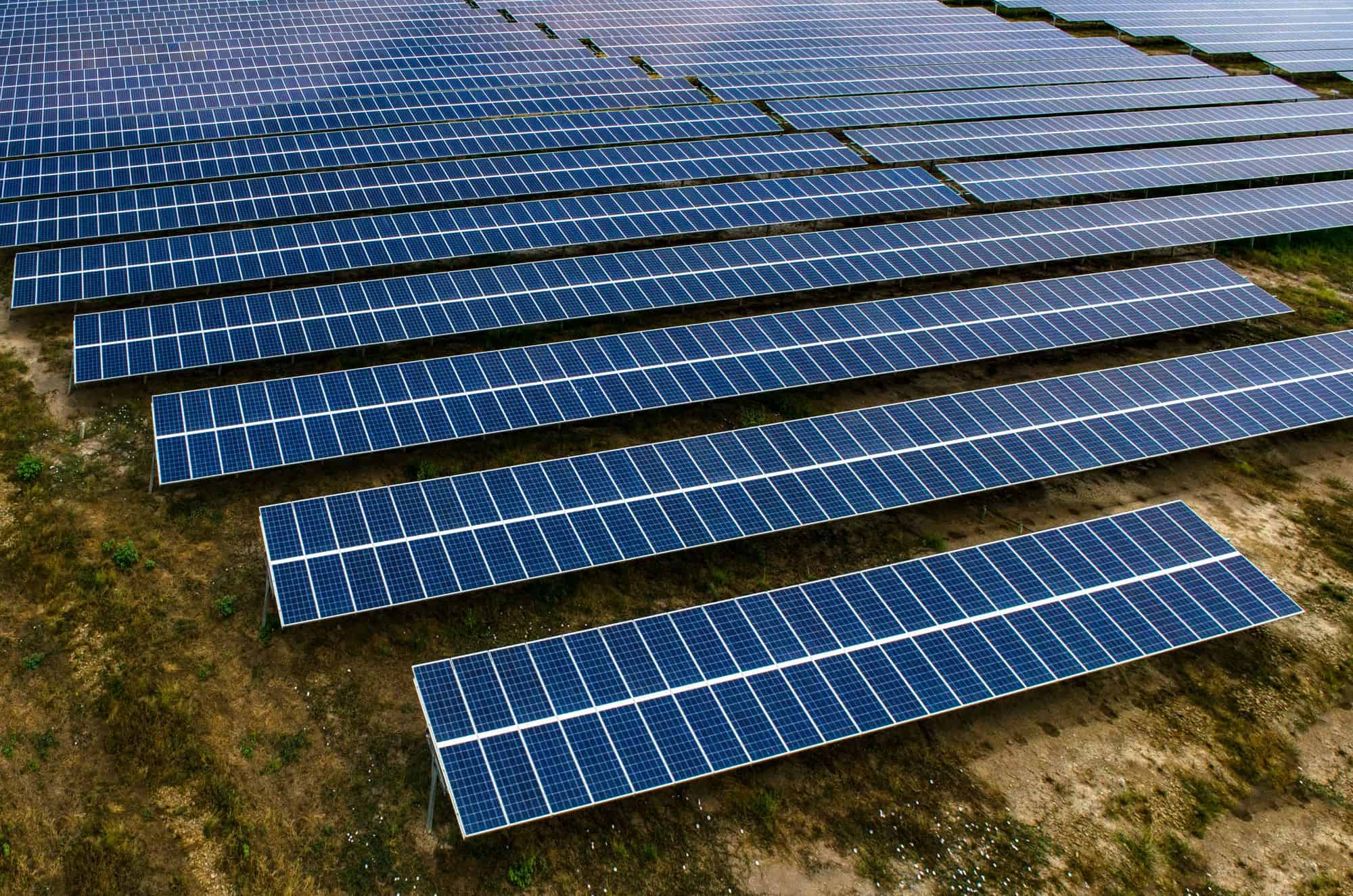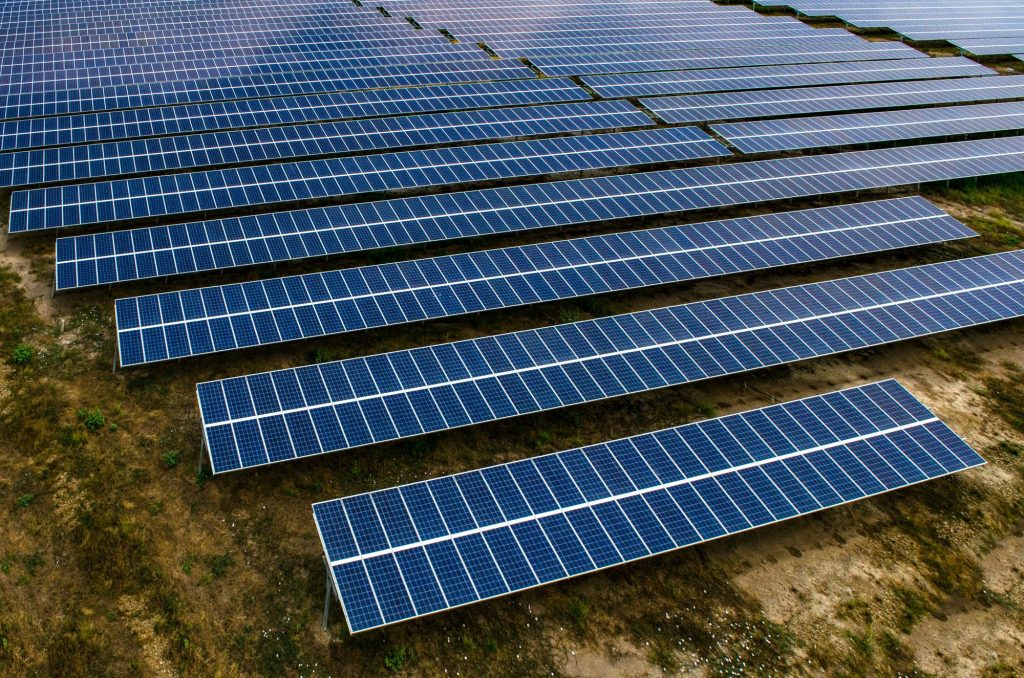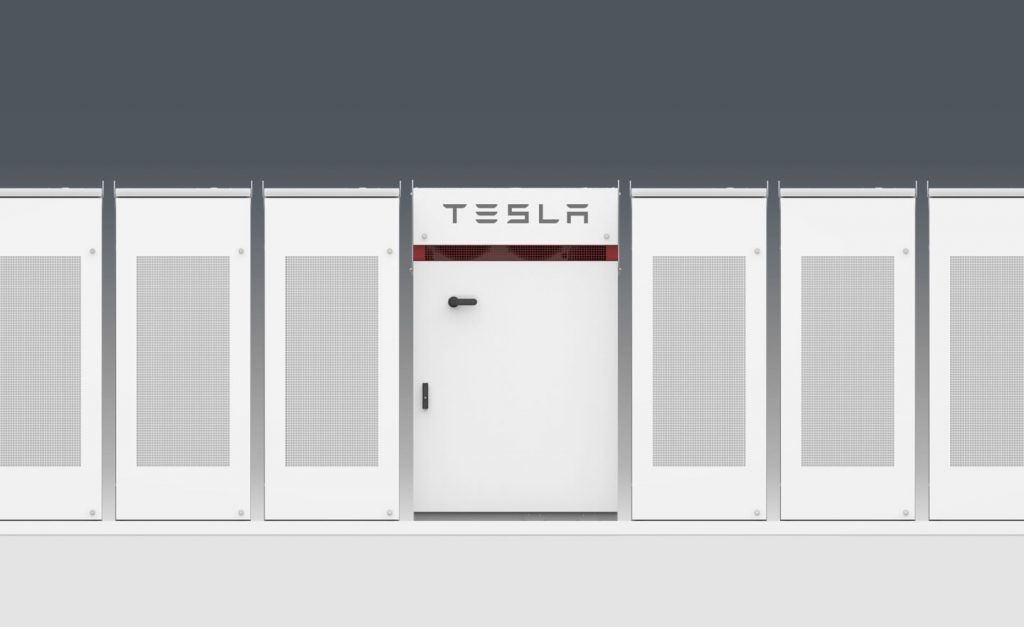Rooftop solar subsidies should be completely removed and the solar feed-in tariffs should be managed at a state rather than a federal level, according to recommendations from the competition watchdog.
Rooftop solar subsidies in Australia
The Australian Competition & Consumer Commission’s electricity affordability report, which was released this week, highlights the cost of our National Energy Market, which include the large-scale renewable energy target, the small-scale renewable energy scheme and solar feed-in tariffs.
The ACCC said the cost of the LRET are expected to fall in the years after 2020, and were happy to leave the scheme to wind up on its 2030 end date. They said that the SRES, however, cost $130 million in 2016-17, and should be wound down and abolished by 2021, almost ten years ahead of schedule, to reduce costs for all consumers – not just those with solar installed.
The report, according to the Australian, found that households with solar panels installed earn $538 per year via feed-in tariffs, which doesn’t count the fact that they pay less for electricity as well:
“Meanwhile, non-solar households and businesses have faced the burden of the cost of premium solar feed-in tariff schemes and the SRES,” the ACCC said.
“While premium solar schemes are closed to new consumers, the costs of these schemes are enduring.”
With the New South Wales solar feed-in tariff to drop by 44% this financial year, the glory days of feed-in tariffs could be behind us. But at what point do we stop to count the social cost (i.e. the environmental displacement)?
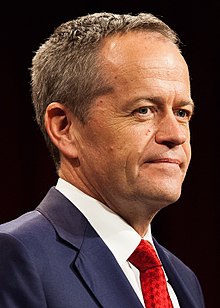
The 398 page report has ‘produced vital ammunition to reform energy’, has been ‘hijacked by zealots’ and doesn’t justify the building of new coal-fired power stations, depending on who you ask. About an hour ago Bill Shorten admitted he hasn’t read the ACCC report yet so it’ll be interesting to see what his thoughts are. Certainly just early days for this conversation, but it’s good to see Australia talking about our energy future and trying to come up with a plan. Watch this space!

